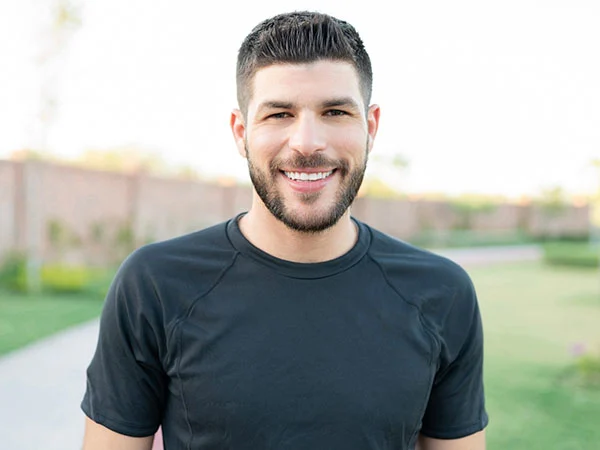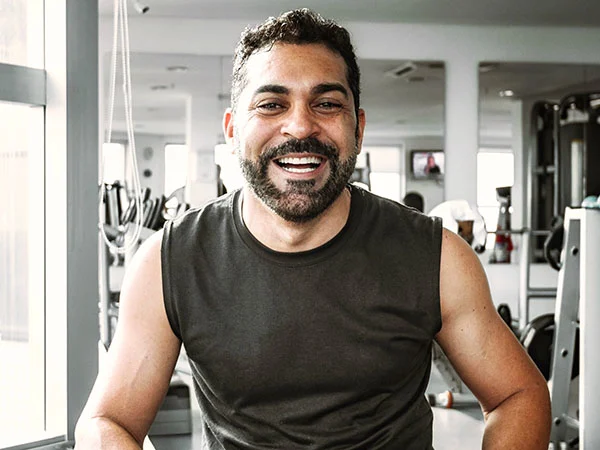
Developing a Strong & Flexible Lower Back
About the Course
In most fitness programs, athletic training programs, and in medical practice, lower back muscles are thought to be strong and tight. Why? Because humans maintain an erect body position and perform activities in the upright position. The common recommendation is to stretch the lower back muscles and strengthen the abdominals. As a result, most attention in all three fields has been on strengthening the abdominals while basically ignoring or stretching the lower back muscles.
Unfortunately, over 80% of the population suffers from back pain or will experience other back problems at some time in their lives. Back problems are one of the costliest medical expenses for most big companies, and have ended the careers of many competitive athletes.
As we know with other body parts, strengthening the muscles, ligaments, and tendons around a joint relates to injury prevention. Strengthening the muscles and connective tissues leads to better sports performances and improved ability to carry out everyday tasks. Therefore, it is a must to strengthen the lower back muscles that play the major role in holding the spine in proper alignment, the vertebrae in place, and for withstanding pressure on the discs. The muscles much be strengthened, not only in a static position where they play a major role in stabilization, but also dynamically through the full range of motion (ROM). Most injuries to the spine occur when the spine is flexed, or flexed and twisted, not in its normal curvature.
This course is designed to help you learn about the major muscles of the lower back, and how to strengthen and stretch them in a safe and effective manner so body movements become more effective and safer.
Features online enrollment, online exam and instant grading. Optional automatic online certificate. Paper certificate mailed within ten days of passing online exam.
Please note: This CEU course is online only. There is no curriculum material shipped.






